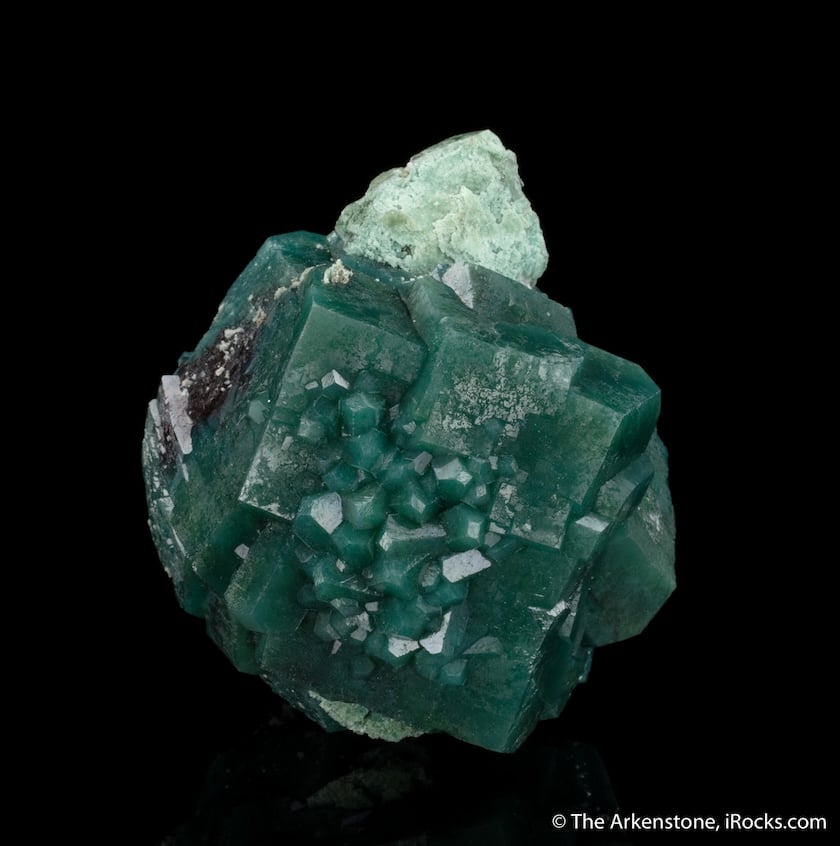Mineralogy of Phyllosilicates and Tectosilicates
The silicate subgroups of phyllosilicates and tectosilicates include minerals used in industry and jewelry. Learn how to identify them.
21 Minute Read
Crystal Chemistry of Phyllosilicates and Tectosilicates
Phyllosilicates and tectosilicates are comprised of numerous mineral groups and important mineral species. The most well-known phyllosilicates are talc, micas, serpentines, and clays. Tectosilicates include quartz and numerous quartz modifications, as well as the extensive feldspar family, feldspathoids, and zeolites.
Introduction to Phyllosilicates
Most rock-forming phyllosilicates are made up of infinite two-dimensional layers. Phyllosilicates are sometimes called “sheet” or “layered silicates” in reference to their layered structure and their sheet or scale-like mineral forms. The structural unit of phyllosilicates is [Si4O10]4- (sometimes written as [Si2O5]2- — as the structural unit divided by 2).
Phyllosilicate sheets or layers are not identical within one mineral. Rather, they alternate between layers of octahedral and tetrahedral atomic structure. As a result, phyllosilicates are further subdivided into:
- 1-layer silicates, where all layers are similar (for example, apophyllite (KCa4[Si4O10]2(F,OH)2⋅8H2O))
- 2-layer silicates (for example, kaolinite (Al4[Si4O
Olena Rybnikova, PhD
Olena Rybnikova is a gemologist and mineralogist. She has a PhD in mineralogy and petrology specializing in beryllium minerals and is a certified Applied Jewelry Professional accredited by the Gemological Institute of America. Her passion is actively promoting knowledge and appreciation of nature, geology, and gemstones.
Related Articles
Mineralogy of Sulfides and Sulfosalts
Mineralogy of Halides, Carbonates, and Sulfites
Mineralogy of Cyclosilicates and Inosilicates
Introduction to Native Elements
Latest Articles
800 Years of Mogok: A Celebration in Tenuous Times
What is the Average Gemstone Faceting Yield?
Pyroxmangite Value, Price, and Jewelry Information
How to Identify Emerald Simulants and Synthetics
Never Stop Learning
When you join the IGS community, you get trusted diamond & gemstone information when you need it.
Get Gemology Insights
Get started with the International Gem Society’s free guide to gemstone identification. Join our weekly newsletter & get a free copy of the Gem ID Checklist!
